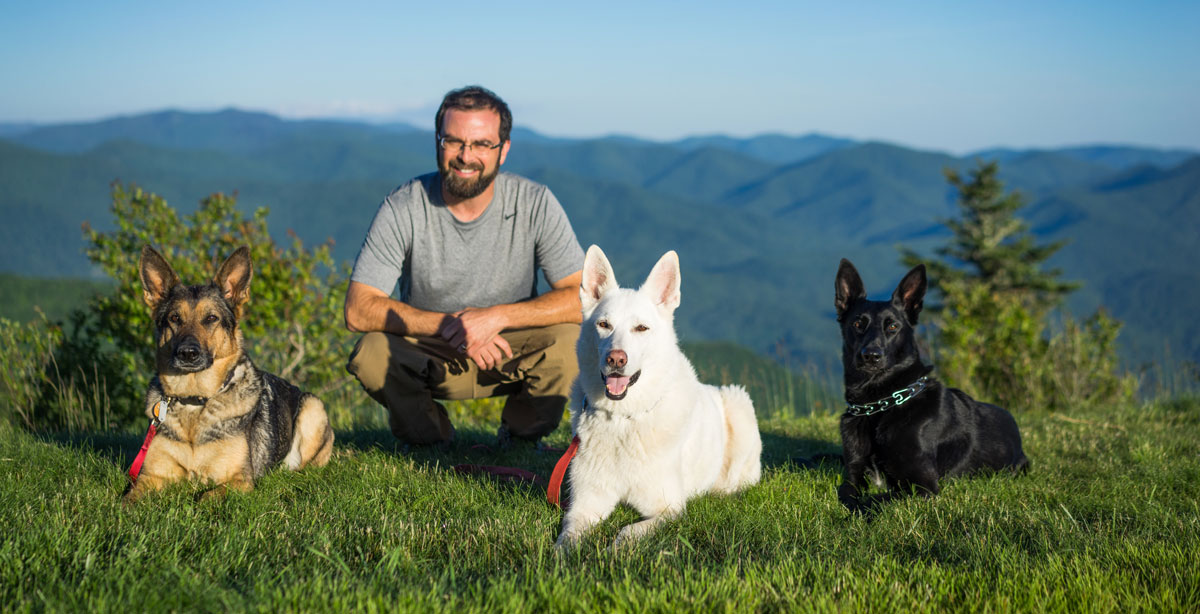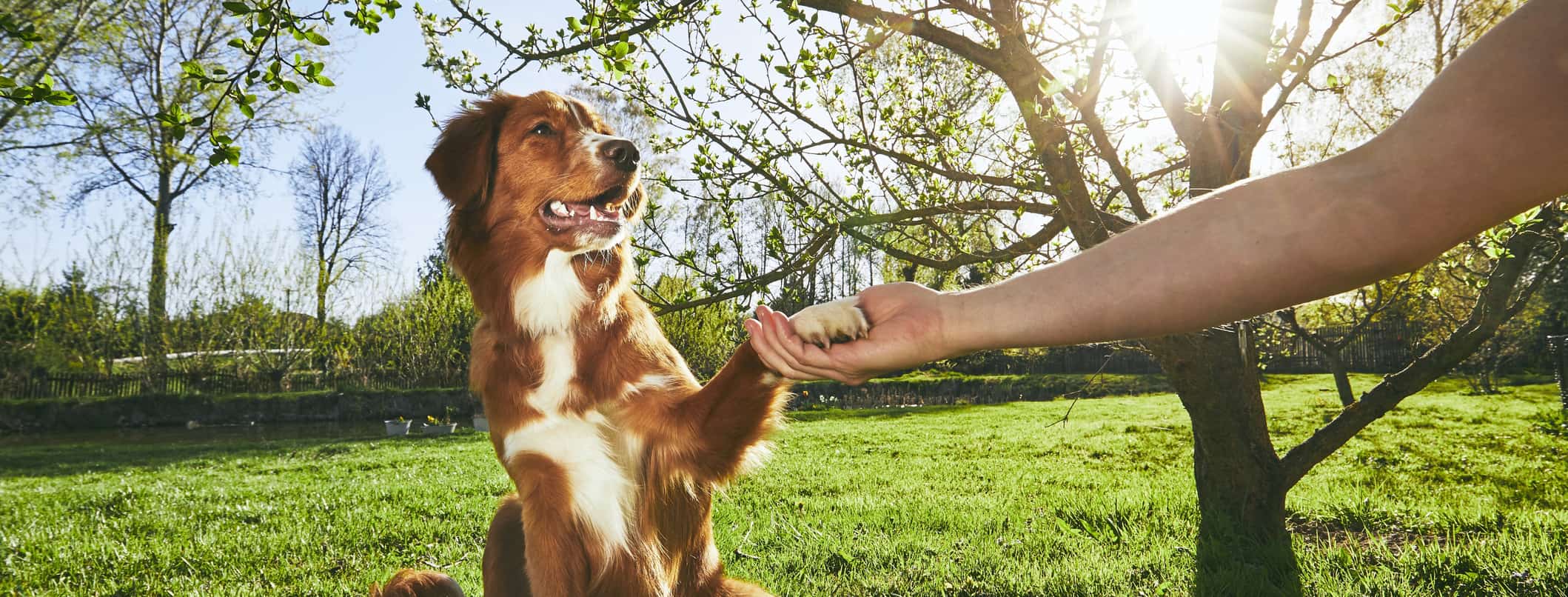Vital Tips for Effective Dog Training: A Guide for Family Pet Owners
Reliable canine training is a multifaceted procedure that needs a tactical approach customized to both the animal's personality and the proprietor's objectives. Recognizing just how to navigate these barriers can dramatically boost the training experience, inevitably changing the partnership between proprietor and pet.
Recognizing Dog Actions
Comprehending pet habits is important for reliable training and promoting an unified relationship in between pooches and their owners. Pets communicate mostly through body language, articulations, and actions, making it vital for owners to translate these signals properly. Recognizing a pet's posture, tail setting, and ear positioning can offer understandings into its mood. A wagging tail does not constantly indicate happiness; it can likewise signify excitement or anxiety.

Socializing plays a considerable function in pet dog habits; exposure to various environments, people, and various other pets can dramatically influence a pet's personality. Factors such as type attributes and individual temperament need to assist training methods, as some types might have particular behavior qualities that require tailored strategies. By recognizing these aspects, proprietors can produce a supportive setting that motivates favorable habits, resulting in effective training results and a deeper bond with their family pets.
Establishing Constant Commands
Effective interaction with your dog starts with establishing regular commands. This foundational aspect of training is vital for fostering understanding in between you and your family pet. Consistency in the commands you use makes certain that your pet can reliably associate certain words or phrases with the desired habits.
When choosing commands, choose clear, unique words that are very easy to say and set apart from each other. Prevent making use of similar-sounding commands that may puzzle your dog. For example, making use of "sit" and "stay" is ideal, but "sit" and "struck" could result in misconceptions.
In addition, keep the same tone and volume for every command. Pets are delicate to singing hints, so differing your tone can develop complication.
It is similarly essential to guarantee that all relative get on the exact same page regarding the commands used. A united front in command use will certainly stop blended signals and strengthen the knowing process.
Favorable Support Techniques
The power of positive support in pet dog training hinges on its ability to urge preferred habits through rewards and appreciation. This method is grounded in the concept that habits complied with by beneficial outcomes are more most likely to be repeated. By integrating favorable reinforcement into your training regimen, you can efficiently shape your canine's actions in a useful fashion.
To carry out positive reinforcement, it's necessary to recognize what inspires your pet, whether it be treats, playthings, or verbal appreciation. When your dog does a desired action, such as resting on command, right away compensate them with a treat or love. This association between the command and the favorable outcome enhances their understanding.
It's crucial to timing the incentives correctly; providing the support within seconds of the wanted behavior assists your pet make the connection (dog training). In addition, consistency is crucial-- ensure that all member of the family make use of the same commands and benefit systems to stay clear of complication

Progressively, you can reduce the frequency of treats as your pet dog finds out the behavior, transitioning to praise or periodic benefits. This technique not just cultivates a solid bond between you and your dog but likewise advertises a favorable understanding setting, making educating a pleasurable experience for both.
Socialization and Interaction
Constantly revealing your pet to a variety of environments, people, and other animals is essential for their social advancement. Socializing must start early, preferably throughout the crucial window of 3 to 14 weeks, when puppies are most receptive to new experiences. Nevertheless, older canines can also take advantage of ongoing socializing initiatives.
Present your dog to different setups, such as parks, pet-friendly shops, and metropolitan locations. This exposure helps them adjust to numerous stimulations, minimizing stress and anxiety and worry reactions. Motivate positive communications with various other pet dogs and people, guaranteeing that these encounters are regulated and safe to foster self-confidence.
Use organized playdates with well-mannered pets, as this can improve your pet's social skills and educate them proper behavior. Obedience courses and training sessions also supply excellent chances for socialization, enabling your dog to engage with others in a monitored atmosphere.
Display your canine's body movement during communications, as this will certainly help you determine their comfort degree. Gradually enhance direct exposure to more tough situations while making sure that each experience declares. A well-socialized canine is more probable to exhibit balanced habits, making them a pleasure to have in any setting.
Resolving Common Training Difficulties
Every pet learn this here now dog proprietor will run into training challenges at some time, no matter their dog's age or socialization level. Identifying usual issues such as stubbornness, interruptions, and fearfulness can aid in developing effective methods for renovation.

Distractions during training sessions can derail focus. To combat this, start training in a quiet environment with very little stimuli. Slowly present disturbances as the canine comes to be extra competent in commands. Short, frequent training sessions are also reliable in keeping focus.
Fearfulness can hinder a dog's learning procedure. Steady desensitization to the resource of concern, combined with positive reinforcement, can help alleviate anxiousness. Perseverance is important; never compel a pet dog into a situation that creates distress, as this might intensify the problem.
Ultimately, understanding and dealing with these usual obstacles with a structured approach will certainly cultivate a much more productive training experience, enhancing the bond between pet and proprietor while advertising reliable knowing.
Final Thought
In summary, successful pet dog training relies on an extensive understanding of canine behavior, the establishment of consistent commands, and the application of positive support techniques. Socializing plays a vital role in establishing well-adjusted pets, while attending to common training difficulties calls for patience and flexibility. By implementing these necessary techniques, pet dog owners can promote a solid bond with their dogs and promote preferable actions, ultimately causing an unified relationship between human beings and their canine friends.
Understanding pet dog actions is essential for efficient training and promoting an unified partnership between canines and their owners.Socializing plays a considerable duty in pet behavior; exposure to various atmospheres, people, and other pets can dramatically impact a dog's temperament.The power of positive reinforcement in canine training lies in its capability to motivate preferred habits with benefits and praise. By integrating positive reinforcement into your training regimen, you can efficiently shape your canine's behavior in a constructive manner.
In summary, successful dog training counts on a thorough understanding of canine actions, the facility of constant commands, this article and the application of favorable reinforcement techniques.